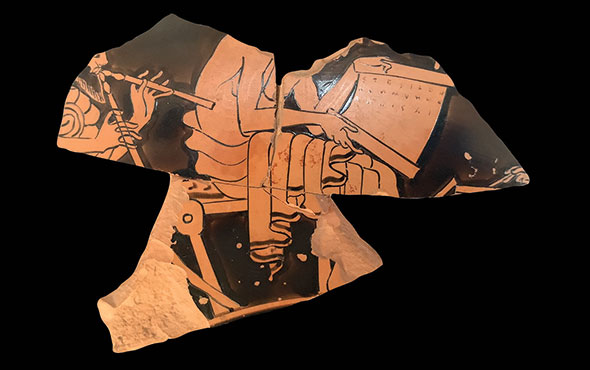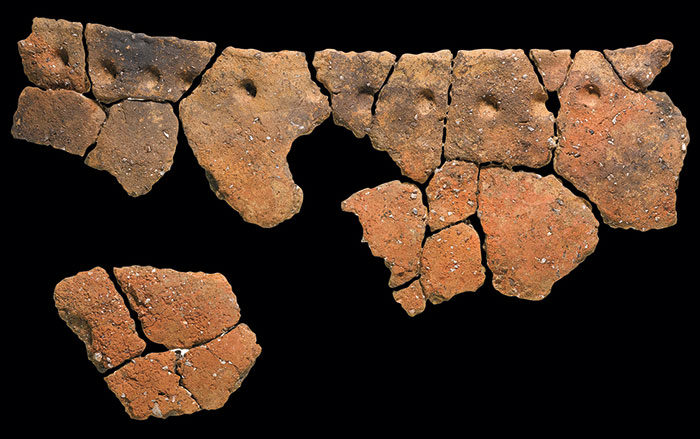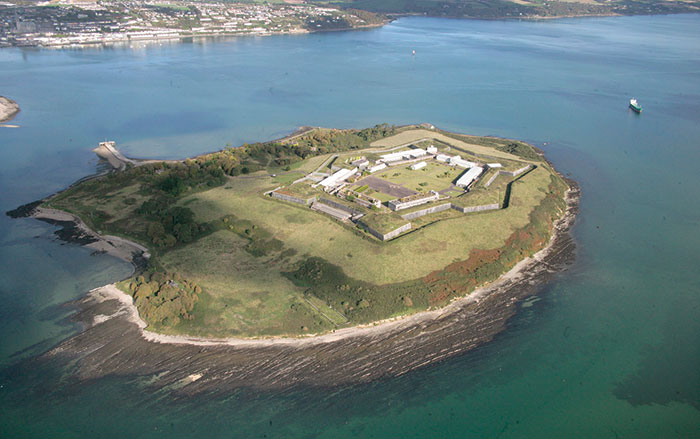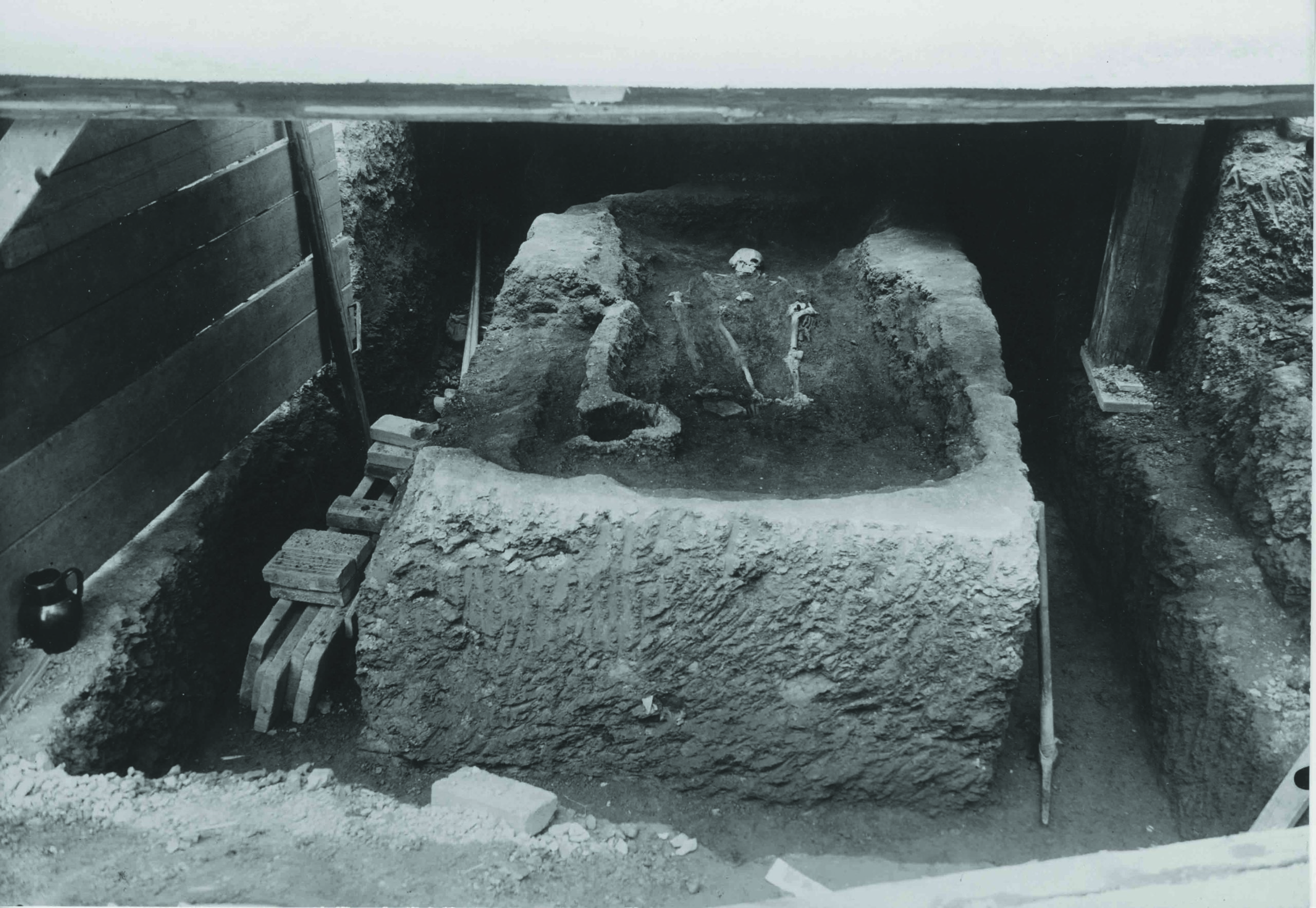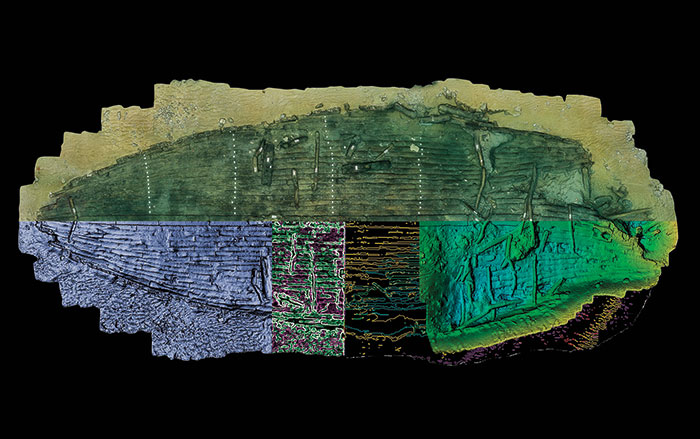
YORK, ENGLAND—According to a statement released by the University of York, scientist Oliver Craig and his colleagues analyzed residues on prehistoric pottery fragments recovered from archaeological sites along the Amur River in eastern Russia and from archaeological sites in Japan. Craig explained that the pots at each location had been manufactured in different ways between 16,000 and 12,000 years ago, and were likely invented independently by different groups. For example, pots recovered along the lower Amur likely held salmon and freshwater fish, while pots from the middle Amur held traces of fats from ruminant animals such as cattle, sheep, or goats. Craig and his team suggest that individual hunter-gatherer communities living in Northeast Asia, when faced with harsh Ice Age conditions, invented pottery so that they could cook their food and thus extract more nutrition from it, boosting their chances of survival. For more on pottery and food preparation in prehistoric Asia, go to "World Roundup: Japan."


